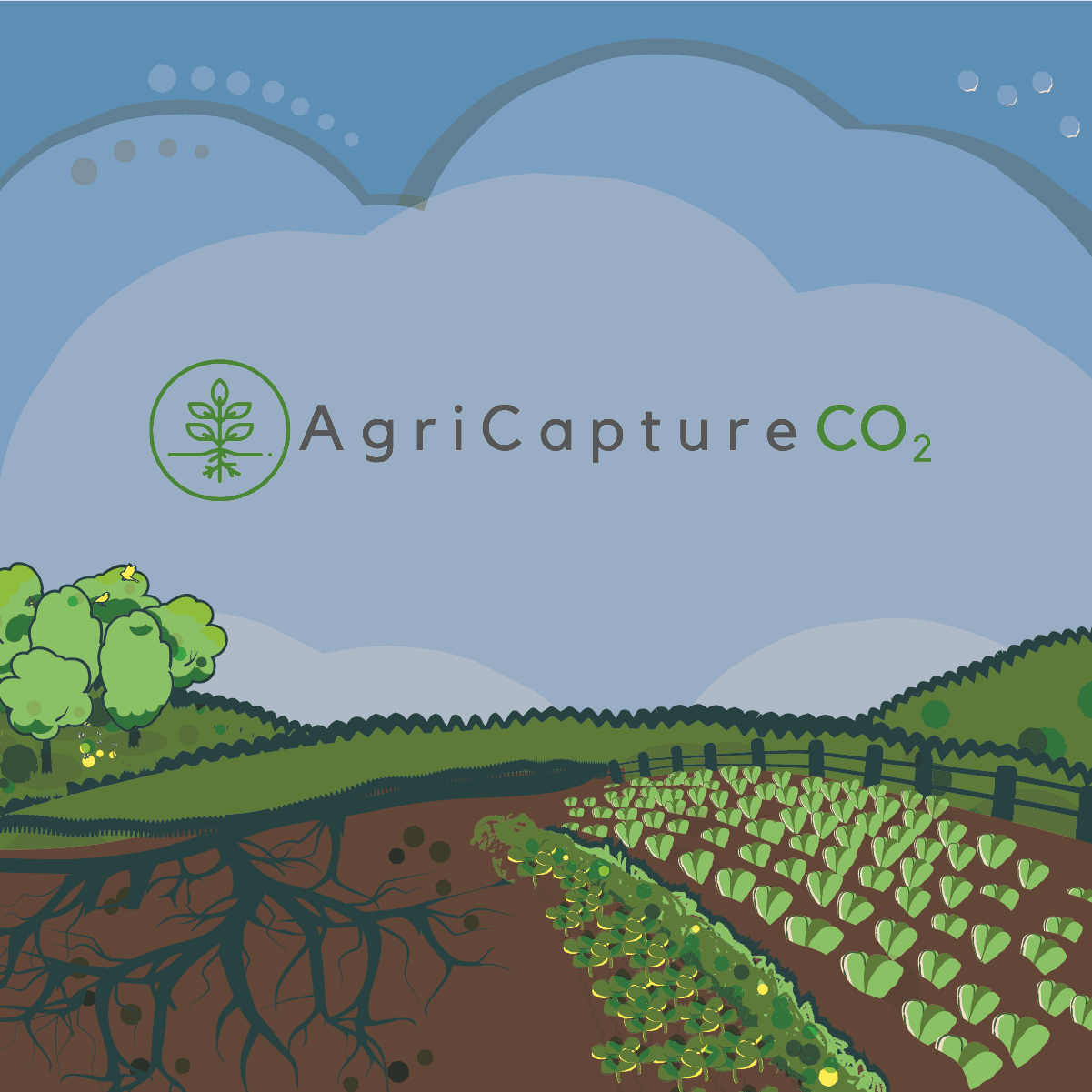Integrated Pest Management
Integrated Pest Management (IPM) is defined as combined use of all available control methods, including targeted use of pesticides when alternatives are ineffective or unavailable. IPM emphasises crop health and minimal disruption to the agro-ecological system. IPM also includes measures to optimise pesticide application, with
the aim of reducing non-target effects and unnecessary environmental exposure. IPM follows a step-by-step approach and in practice, should be individually tailored to the crop or pest.
Via its own research and in combination with the GWCT’s Farmland Ecology Unit, the Allerton Project has been a pioneer in the field of IPM, in particular by increasing the utilisation of beneficial crop pest predators in farmland settings. The beetle bank habitat was developed at Loddington, and much research has since been conducted into the impact of various farm practices on invertebrate populations.
The GWCT’s Sussex Study provides an unparalleled dataset on the populations of farm invertebrates dating back continuously to 1968, while whole-farm populations have also been closely recorded at the Allerton Project since the 1990s. These have, in general, reflected the overall highly concerning decline in invertebrate populations in UK farmland in that period, and the GWCT has committed much resource to understanding these trends and devising means to help stabilise and reverse them.
Pest natural enemies can reduce the chance of pests establishing and proliferating in crops and consequently causing economic damage. Indeed, the absence of pests is testament that biological control is successfully occurring. However, it is not a quick fix solution like an insecticide, but instead relies on building up a diverse range and abundance of natural enemies. This ensures that when pests do arrive there are sufficient natural enemies of the type that can control the pest in question. This can be delivered by providing a range of
habitats and adhering to IPM principles.
The aim is to deliver right types of natural enemies, at the right time and in the right place. This can be achieved by providing all the resources that they need following the SAFE approach:
Shelter – For overwintering/dormancy and periods of inactivity/breeding
Alternative Prey – For when pests are not present
Floral Resources – For energy and nutrients
Environment – Appropriate for survival, preferred vegetation cover and insecticide-free
Invertebrates are not only beneficial as crop pest predators, but are also a key element of the wider food chain, essential for example as a food source for many bird species. A key part of GWCT research into invertebrates has been to quantify the ability of a given habitat to support a Chick Food Index (CFI) of >0.7 the reproductive threshold many rare farmland birds such as the Grey Partridge require to maintain their populations. The creation of many agri-environmental habitats are vital to boost the CFI at a landscape scale and ensure the survival of many of our most treasured species. Chick Food Index – Game and Wildlife Conservation Trust (gwct.org.uk)




